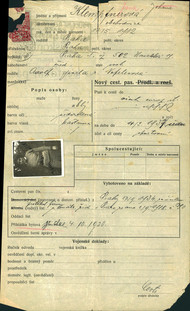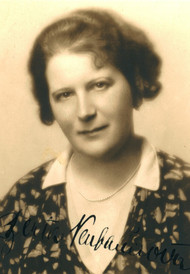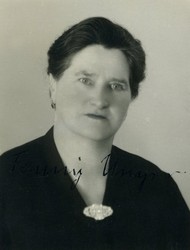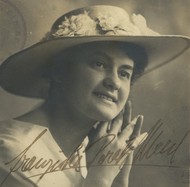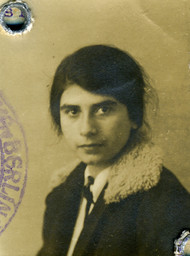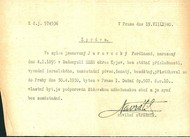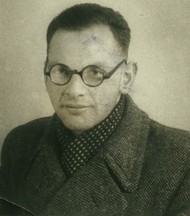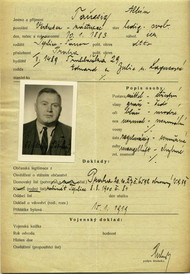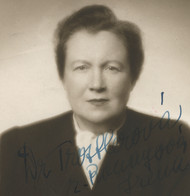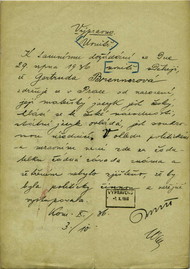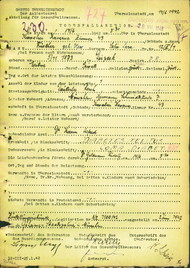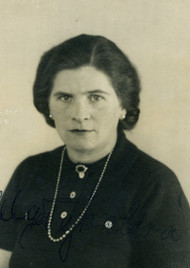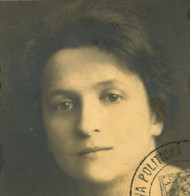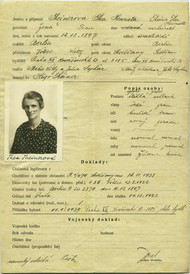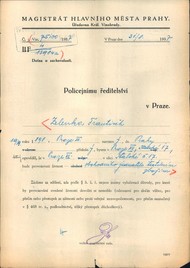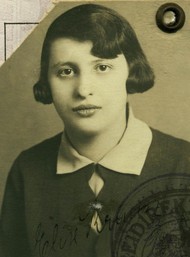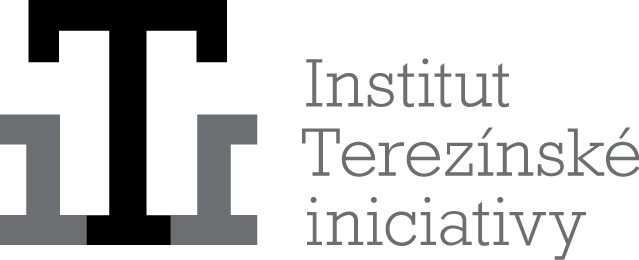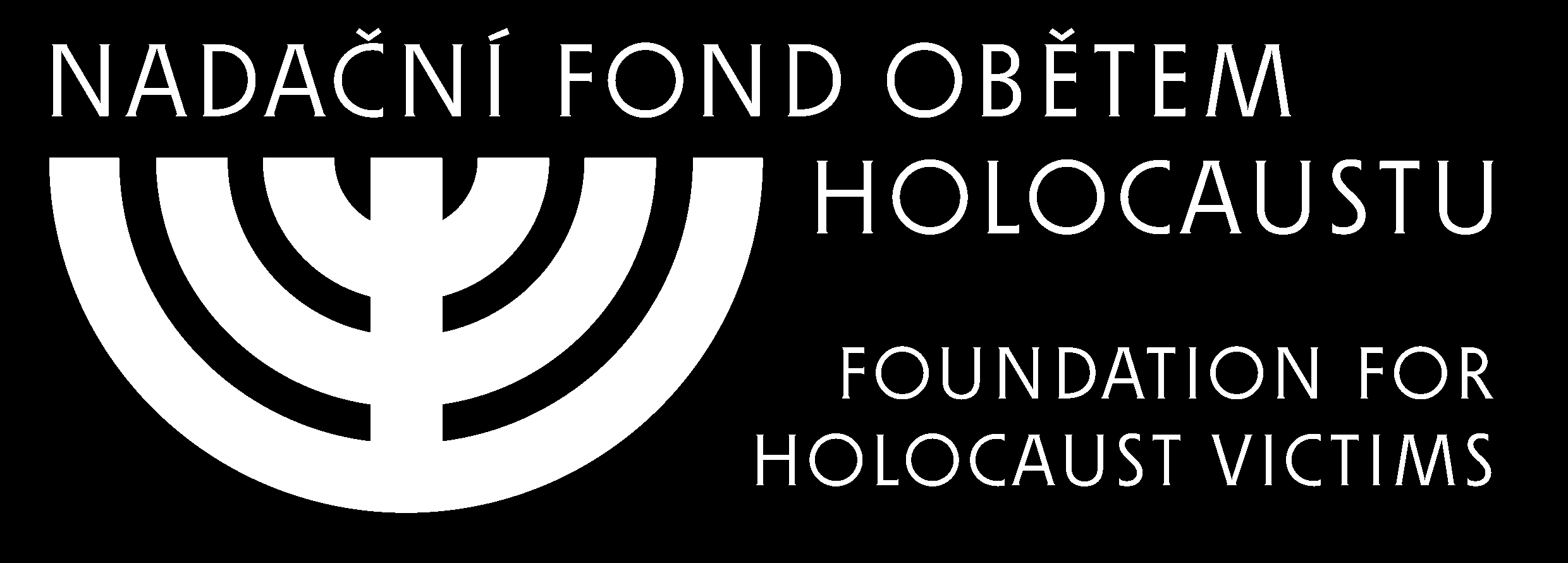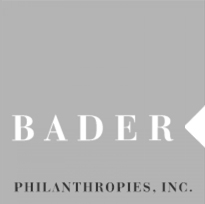Key and copyright. (In Czech)
In September 1939, the Nazis created the concentration camp of Stutthof (Sztutowo) in a wooded area near the Baltic port of Gdansk. It was approximately 36 km east of the city of Gdansk, where the Visla river flows into the Baltic Sea. Originally, it was a civil prison camp for political enemies of the Nazi regime in the free city of Gdansk and Western Prussia. Only two weeks after it was set up, over 6 ,000 members of the Polish intelligentsia, prisoners of war, Jehovah's Witnesses and other persecuted people had been interned there. In November 1941, Stutthof was labelled an „SS special camp“, and from January 1942 on, it was officially declared a concentration camp. At the beginning of 1943, the original eight barracks were extended, creating what was known as the „new camp“. A further 30 concrete buildings and other facilities were added, and a crematorium and gas chamber were built. In 1940, the total area of the main camp was 12 hectares, while by 1944 it was ten times as large. In addition to the main camp there were around 100 auxiliary camps scattered over northern and central Poland. The largest auxiliary camps were in Torun and Elbing.
The camp's commanders were Max Pauly and Paul Werner Hoppe. The prisoners were guarded by 3 000 SS members and Ukrainian auxiliaries.
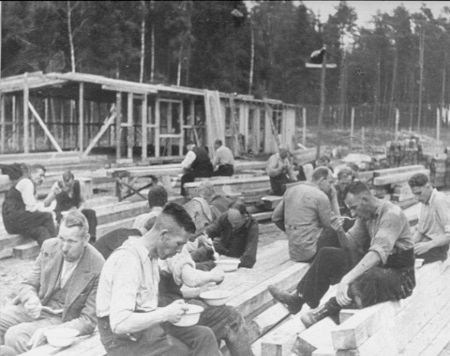
The first prisoners having lunch during the construction of the camp, September 1939. (Photo: Muzeum Stutthof, courtesy of USHMM Photo Archives.)
At the beginning of 1942, prisoners from the concentration camps at Mauthausen and Flossenbürg were deported to Stutthof. It was not until 1944 that the number of Jews in the camp increased markedly - by June 1944, however, they made up 70 % of the inmates. Many Czech prisoners and prisoners from evacuated camps in the Baltic region were also sent to the camp. The highest number of prisoners was recorded in mid-January 1945: 25 000 prisoners in the main camp, and an equivalent number in the sub-camps. During the first stage of the camp's existence, conditions were unbearable; later they improved slightly for non-Jewish prisoners. In 1944, a typhus epidemic started to spread through the camp, reaching its peak in December that year when the number of victims equalled 9 % of the total prison population. In addition to this, prisoners died of hunger and typhoid fever. The gas chamber was used to murder prisoners with Zyklon B; it was capable of holding up to 150 people.
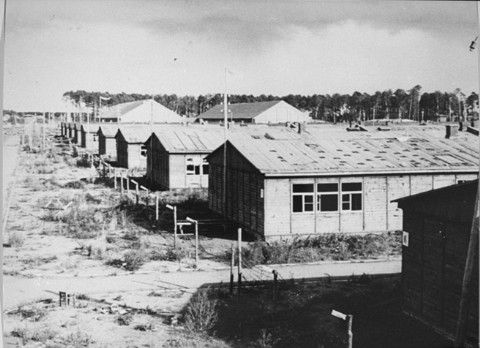
The Stutthof camp after liberation. (Photo: Muzeum Stutthof, courtesy of USHMM Photo Archives.)
Further suffering and death came at the end of January 1945, with the orders to evacuate all prisoners to the interior of Germany in connection with the advancing Red Army. Groups of 1 ,500 prisoners walked for two weeks on death marches in icy temperatures and snow, with minimal food rations. Over 26, 000 people lost their lives under these terrible conditions. In March and April 1945, 3 000 mostly Jewish women were evacuated from the camp by sea. On unarmed ships, they mostly fell victim to Allied bombing raids. The camp was liberated by the 48th army of the 3rd Belarusian Front on the 9th of May 1945, the last of the major concentration camps to be liberated. In total, around 110 ,000 people were deported to the Stutthof camp and its branches, and at least 65 ,000 of them died there.
-
Literature:
-
Grabowska, Janina. K. L. Stutthof. Ein historischer Abriss. Bremen: Edition Temmen, 1990. 80 s.
-
Halevy, Yechiam. Historical Atlas od the Holocaust. New York: U. S. Holocaust Memorial Museum, 1996. 252 s.
-
Přibyl, Lukáš. Historie terezínského transportu Be do Estonska (Die Geschichte des Theresienstädter Transportes Be nach Estland). Terezínské studie a dokumenty (Theresienstädter Studien und Dokumente). Praha: 2001, s. 113-180.


